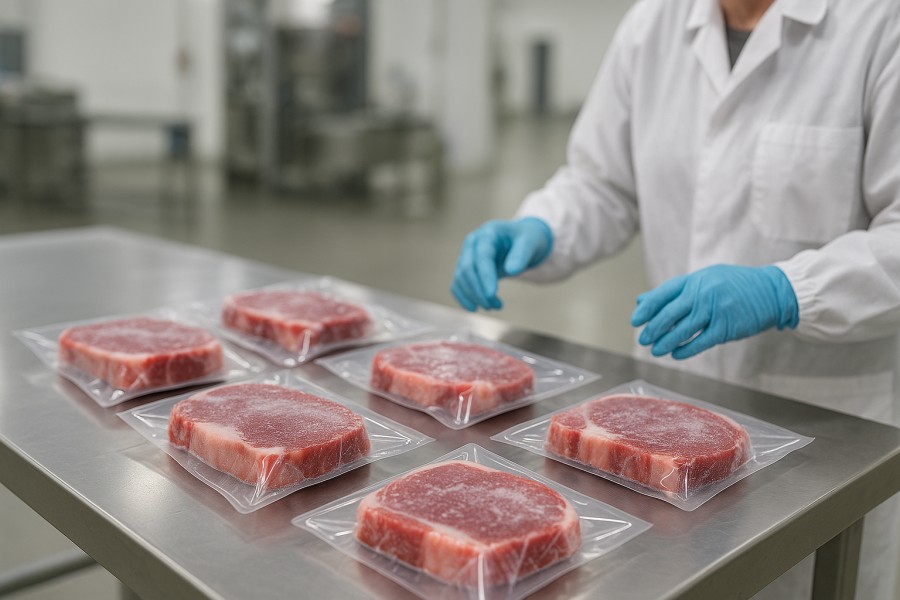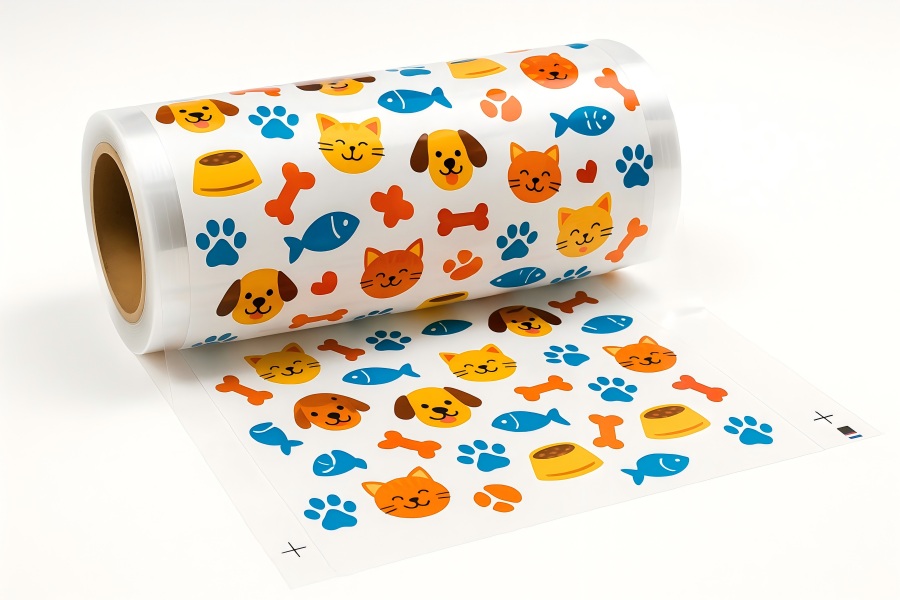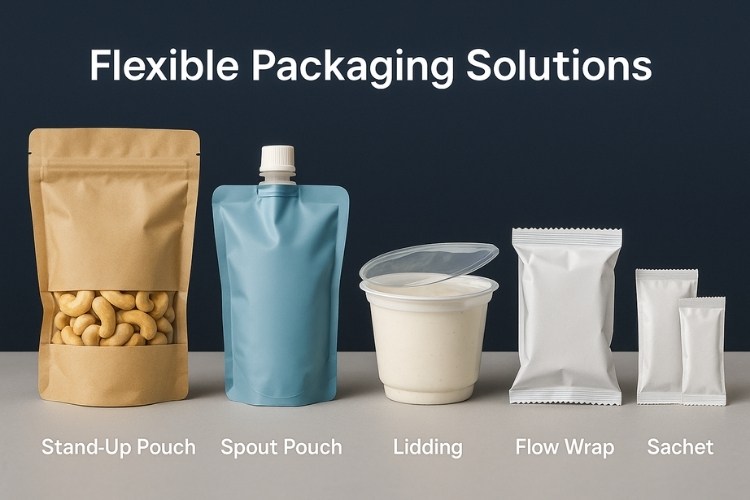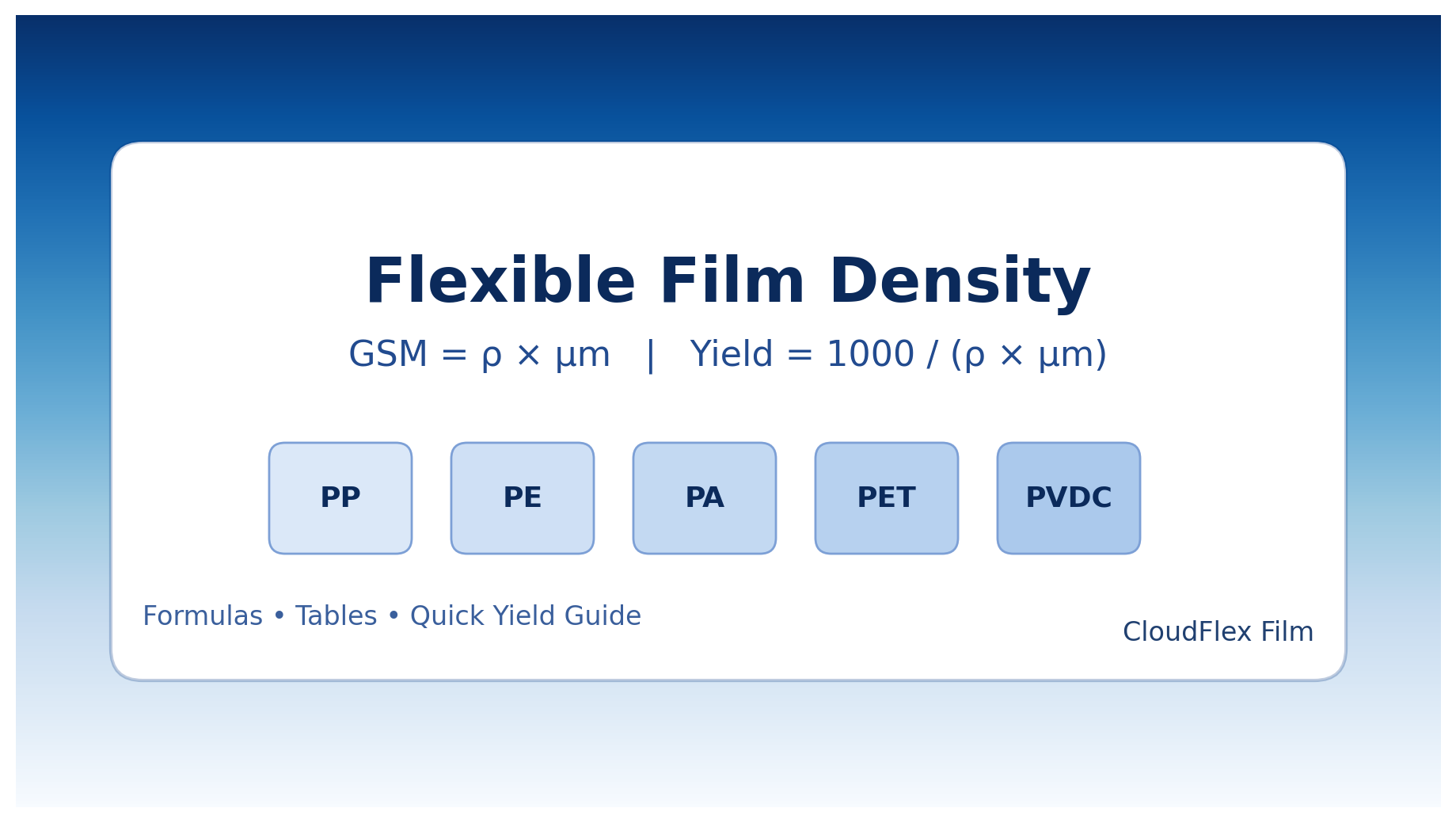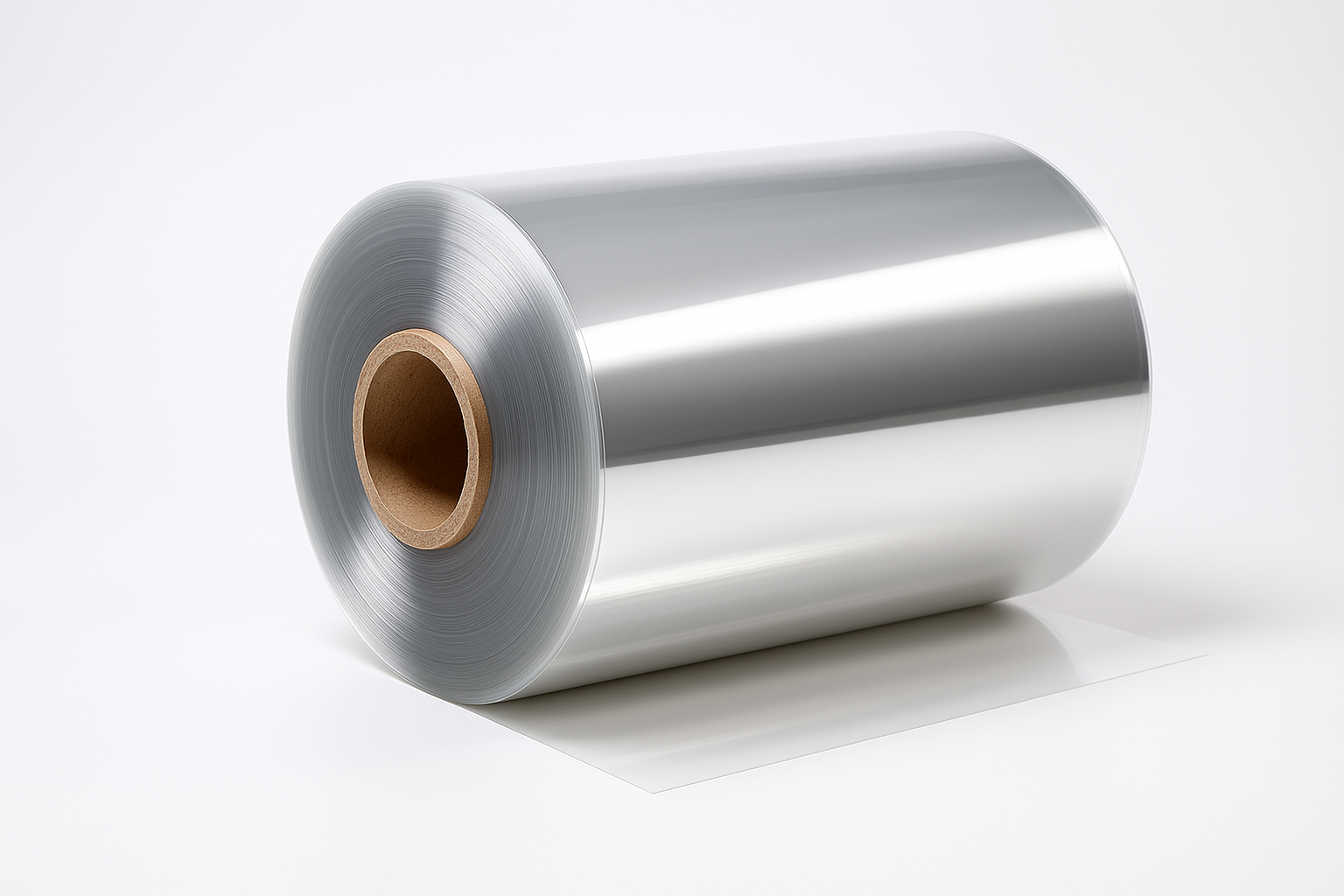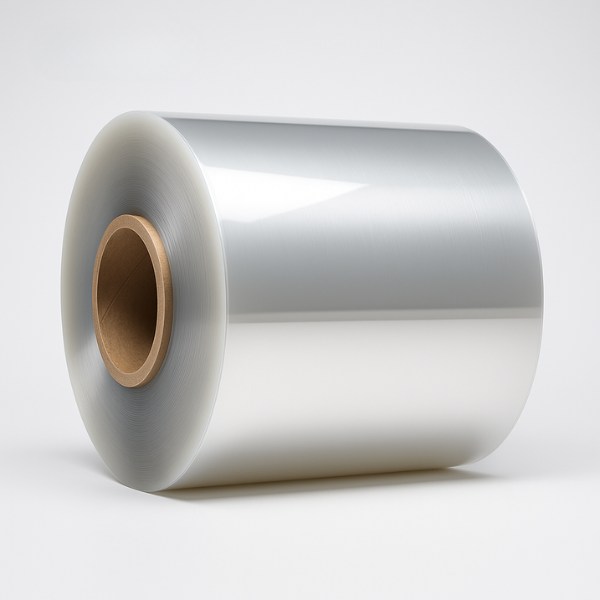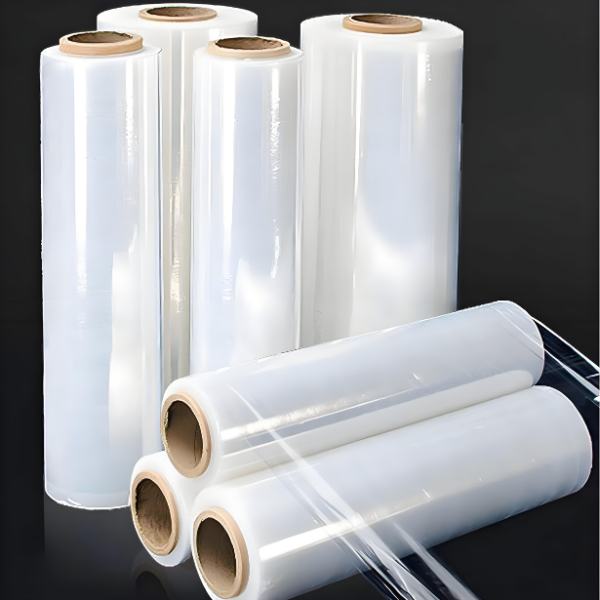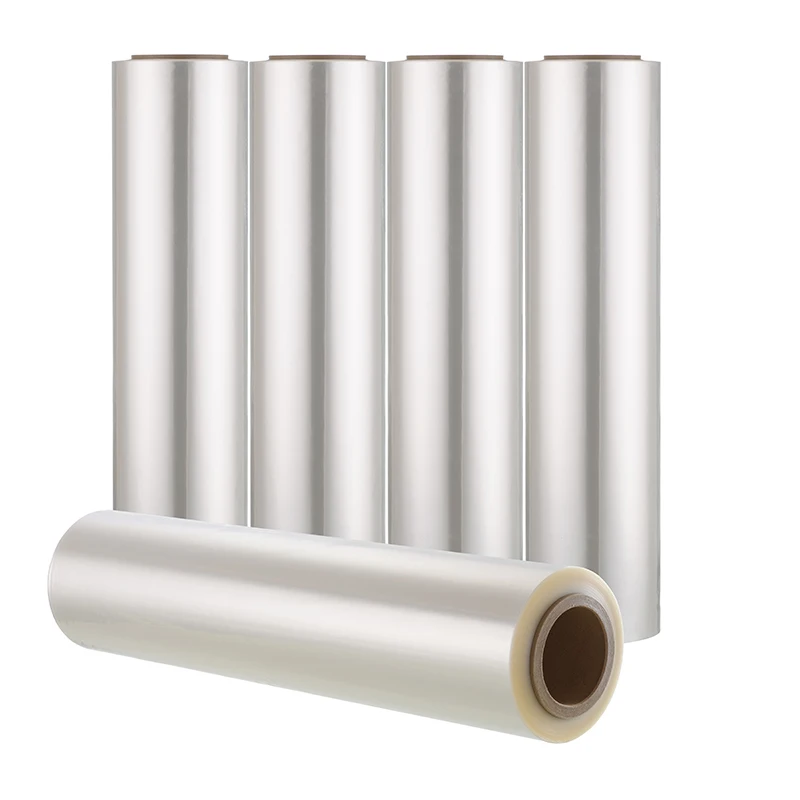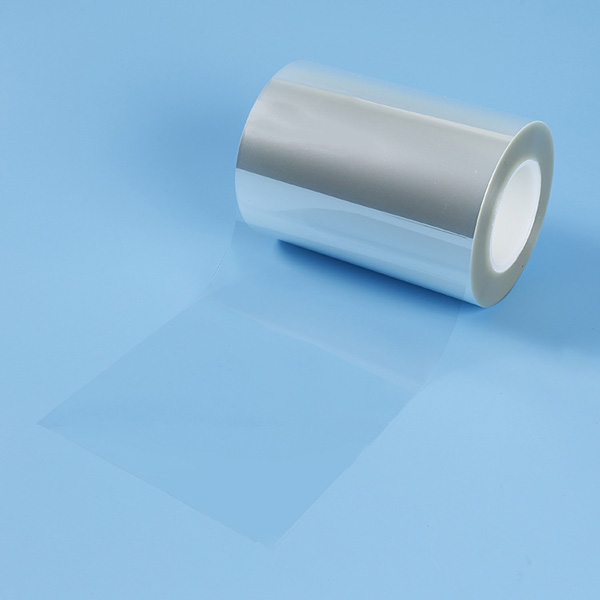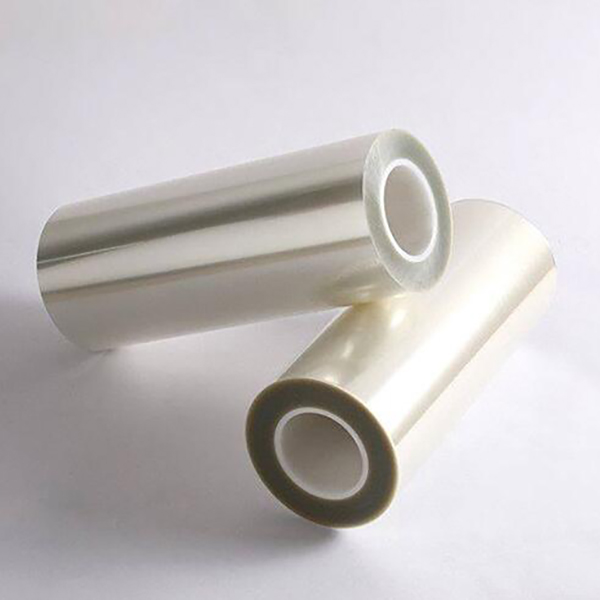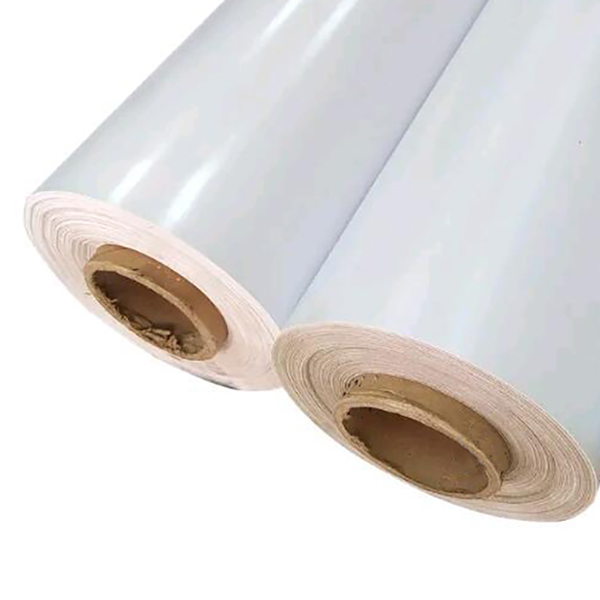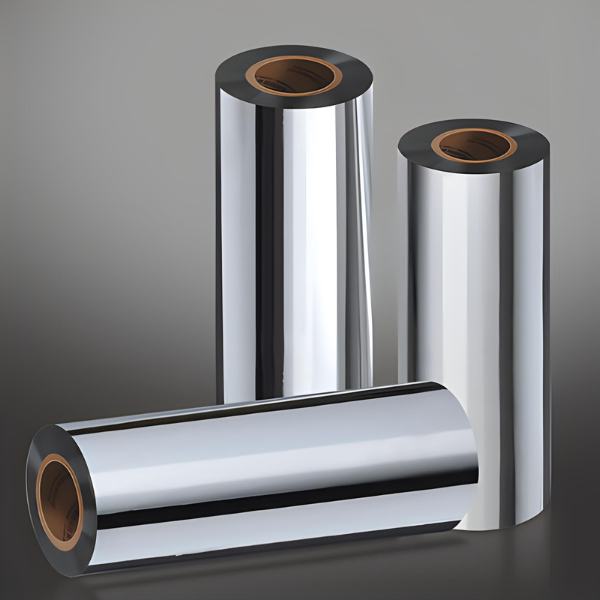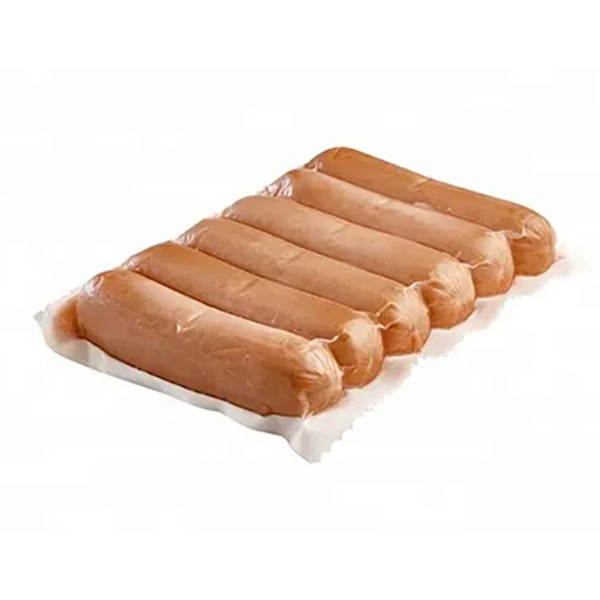In the world of plastic film manufacturing, two processes dominate the industry: cast film and blown film. For packaging engineers, product developers, procurement managers, and sustainability officers, understanding the differences between these two methods is crucial for making informed decisions.
In this article, we’ll explore the key distinctions, advantages, disadvantages, and ideal applications of cast film and blown film, helping you determine which process best suits your needs.
What Is Cast Film?
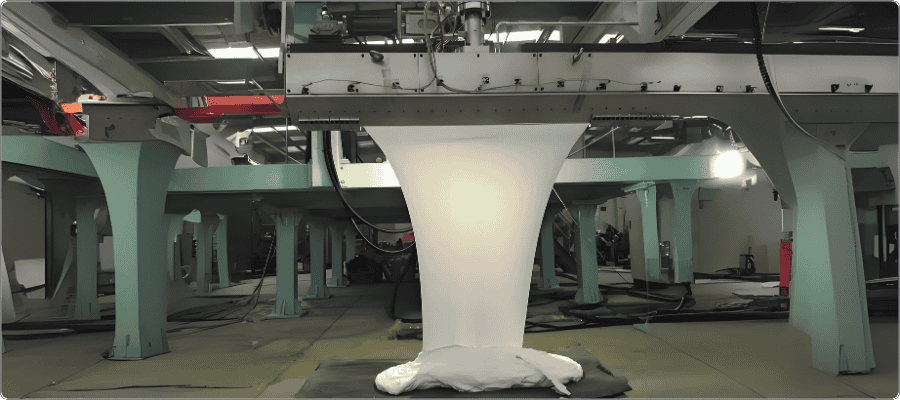
{ Cast PP Film Production Line }
Cast film is produced by extruding molten polymer through a flat T-die onto a chilled roller, where it rapidly cools and solidifies into a thin, uniform sheet. This process is known for its high clarity, smooth surface, and excellent gauge consistency.
Key Features of Cast Film:
- High Clarity and Gloss: Ideal for applications where aesthetics matter.
- Uniform Thickness: Tight tolerances ensure consistent performance.
- Excellent Printability: Smooth surface allows for high-quality printing.
- Fast Production Speeds: Suitable for high-volume manufacturing.
Common Applications:
- Food packaging (e.g., cling film, lidding films)
- Labels and adhesive tapes
- Medical packaging
- Photovoltaic backsheets
What Is Blown Film?

{ Blown Film Production Line }
Blown film, on the other hand, is created by extruding molten polymer vertically through a circular die, inflating it into a bubble, and then cooling it with air. This process results in a tubular film that can be slit and converted into various forms.
Key Features of Blown Film:
- Higher Mechanical Strength: Balanced molecular orientation enhances durability.
- Better Barrier Properties: Suitable for products requiring extended shelf life.
- Flexibility in Film Structure: Easily produces multi-layer films.
- Lower Equipment Costs: More accessible for small to medium manufacturers.
Common Applications:
- Heavy-duty sacks (e.g., trash bags, industrial liners)
- Agricultural films (e.g., greenhouse covers, silage films)
- Stretch films (e.g., pallet wrap)
- Laminates for flexible packaging
Cast Film vs Blown Film: A Detailed Comparison
| Aspect | Cast Film | Blown Film |
|---|---|---|
| Clarity & Gloss | Excellent | Moderate to Good |
| Thickness Uniformity | Very High | Moderate |
| Production Speed | Faster | Slower |
| Mechanical Strength | Moderate | Higher |
| Barrier Properties | Moderate | Better |
| Equipment Cost | Higher | Lower |
| Energy Consumption | Higher (due to cooling requirements) | Lower |
| Suitable for Multi-layer | Limited | Excellent |
Which One Should You Choose?
Choose Cast Film If:
- You need high optical clarity and aesthetics.
- Your application demands tight thickness tolerances.
- You require high-speed production for large volumes.
- You are producing films for printing or laminating.
Choose Blown Film If:
- You need stronger, more durable films.
- Your product requires better barrier properties.
- You are producing multi-layer films for complex packaging.
- You have budget constraints and need lower equipment costs.

{ Cast Film vs Blown Film: Which Process Is Better? }
Industry Trends and Innovations
At CloudFilm, we stay ahead of industry trends by continuously investing in advanced cast and blown film technologies. Recent innovations include:
- Sustainable Materials: Both processes are adapting to accommodate biodegradable and recycled polymers.
- Smart Manufacturing: Automation and AI-driven quality control are enhancing efficiency and reducing waste.
- Hybrid Systems: Some manufacturers are exploring hybrid lines that combine the benefits of both processes.
Sustainability Considerations
Both cast and blown film processes have environmental impacts, but steps can be taken to minimize them:
- Recyclability: Most PE and PP films produced by both methods are recyclable.
- Energy Efficiency: Newer equipment is designed to reduce energy consumption.
- Waste Reduction: In-line recycling systems help reprocess scrap material.
At CloudFilm, we are committed to sustainable production practices and offer eco-friendly film solutions tailored to your needs.
Conclusion
Choosing between cast film and blown film depends on your specific application requirements, budget, and production goals. While cast film excels in clarity and uniformity, blown film offers superior strength and flexibility. By understanding these differences, you can make a more informed decision that aligns with your business objectives.
If you’re unsure which process is right for your project, the experts at CloudFilm are here to help. Contact us today for a consultation, and let’s find the perfect film solution for your needs.


